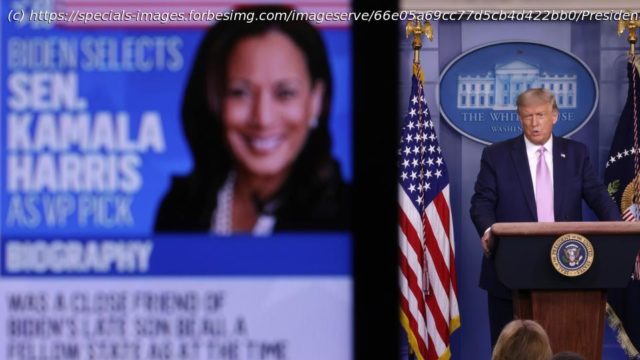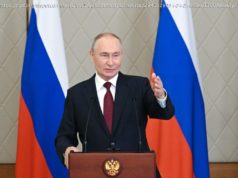Here’s your economic primer ahead of the Harris-Trump debate as both candidates spin a rosy economic picture during the complicated last decade.
Topline
The economy will be a hot-button topic in Tuesday’s presidential debate, with Vice President Kamala Harris likely to emphasize the Biden administration’s jobs record while former President Donald Trump hones in on inflation—but the truth lies somewhere in between Trump and Harris’ claims, as Trump and Joe Biden navigated the pandemic’s unprecedented effects.Key Facts
GDP: The country’s economic output grew strongly under both Biden and Trump, with real gross domestic product, which tracks the inflation-adjusted value of all goods and services produced by the U.S., expanding at an annualized rate of 2.7% during Trump’s first three years and 3.5% during Biden’s. The Trump economy’s annualized growth rate of 1.4% over his full term is weaker, though that includes 2020’s COVID-19 shock, while Biden-led growth is concentrated in 2021 at 5.9%, slowing to 1.9% and 2.5% in 2022 and 2023.
Stock market: Stocks performed better under Trump, though both presidencies coincided with stronger-than-average gains—the S&P 500 index has posted an annualized return of 11.8% since Biden took office in 2021, compared to 16.3% under Trump (and there most certainly hasn’t been the stock market crash under Biden that his opponent forecasted in the 2020 race).
Inflation: Inflation has been far worse during the Biden administration, up 19% over the first 42 months of Biden’s term compared to 6% during Trump’s first 42 months, according to the government’s consumer price index. Year-over-year inflation peaked under Biden at a four-decade high of 9% in 2022 before falling to just over 3%—which Biden has blamed on COVID-19’s lingering impact and the Russia-Ukraine war.
Job market: Both Biden and Trump oversaw strong labor markets. Since Biden took office, overall employment is up 11%, average pay is up 18% and unemployment is down from 6.7% to 4.2%. It was particularly a sign of strength that job growth and sub-4% unemployment have coincided with interest rate increases and a subsiding in inflation, both of which typically hurt the labor market, though the U.S. employment picture has shown some cracks in recent months. Perhaps Trump’s most impressive labor market feats were unemployment declining from 4.7% to as low as 3.5% in late 2019 and early 2020, which tied its lowest level since 1969 and wages growing by an inflation-beating 15% over his four-year term.






